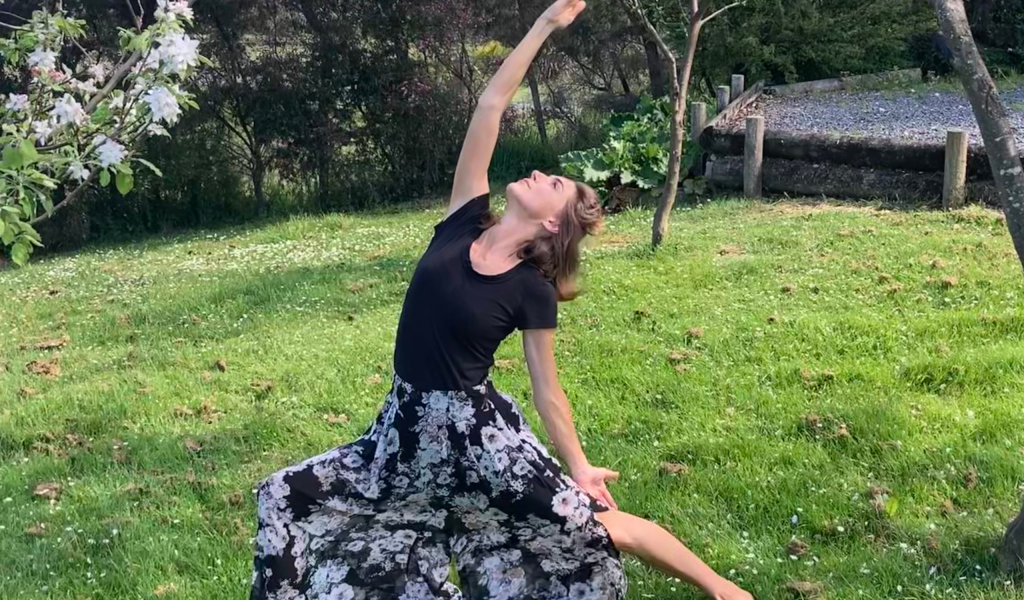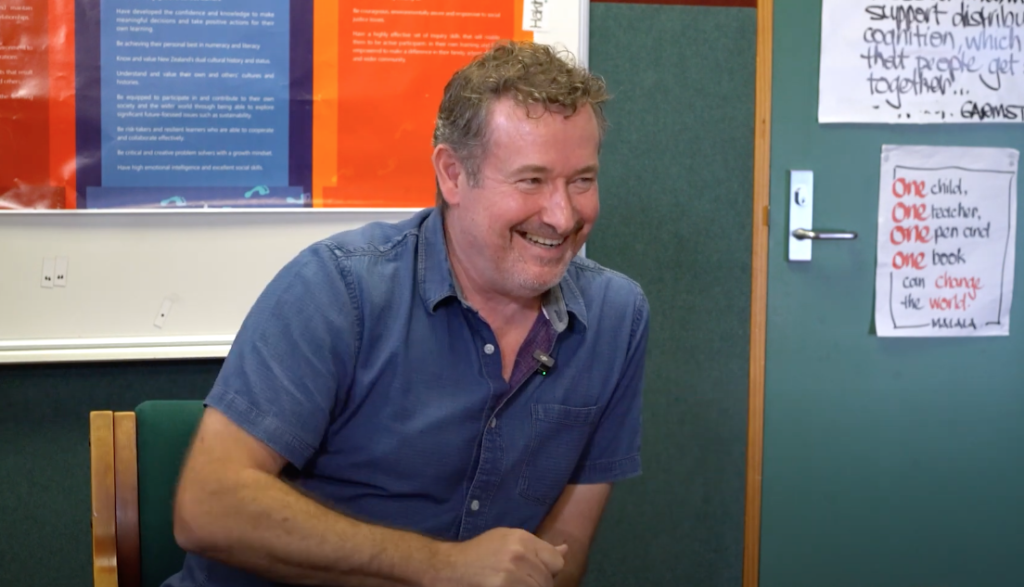Written by Olivia
“Through our warriorship, we can befriend, rather than admonish, our egos. We can accept ourselves, even the aspects we wish to discard—every part.”
Connecting to our Inner Warrior in Viparita Virabhadrasana (Reverse Warrior)
Asana or the physical practice of yoga is just that, the physical practice. To truly embody the practice of yoga we also invite meditation and self study into our daily lives. If you are like me, then you will love the philosophies of yoga and will be enthralled by the mythology and magic of the ancient texts from which yoga came.
Asana practice is incomplete without some form of a warrior pose, such is their importance in yoga philosophy. Our inner warrior is a symbol of strength, power and of our higher self who is ready to go to battle to slay the ego within us.
In the physical realm, Virabhadrasana strengthens all aspects of our legs, our core, spine and arms. She also inspires a deep groundedness and stability.
Viparita Virabhadrasana or Reverse Warrior provides this lower body strength and power while the side body of the torso is opening, stretching and strengthening, our chest and shoulders and hips open and we find a sense of lift in our grounding.
For those who love a mythical tale, let’s explore the story of the warrior Virabhadra and how he came to be.
The story of Virabhadra
The story of Virabhadra is a classic warrior tale in that it reflects the struggle between truth (atman or “higher self”) and the ego. In this tale, Lord Shiva takes Sati as his wife, but her father, Daksha, does not approve of Shiva’s rebellious ways.
To show his distaste for their marriage, Daksha throws a party and does not invite the newlyweds. Sati is furious and goes to the party alone to defend her love of Shiva, but her father will not budge on his opinion and refuses to accept and bless her choice of partner.
Sati then announces she is severing her relationship with her father and his family and as an act of retribution, she decides to leave her body. She does so by going into a deep meditation and building an inner fire (agni) that is so strong that she combusts and leaves this earth.
Distraught and enraged, Shiva tears his hair out, and from that hair, he manifests Virabhadra, the warrior that will kill Sita’s father. After this revenge has taken place, Shiva feels sorrow and regret, so he absorbs Virabhadra back into his body, goes to the party and restores life to Daksha.
When Daksha’s heartbeat returns, his perspective has shifted; he, too, feels regret for his ways. From then on, he calls Shiva “Shiva Shankar,” the kind and benevolent one. In the end, Sati also comes back to life by re-incarnating as Parvati (another goddess and wife of Shiva).
Finding meaning in the story
When Virabhadra kills Daksha, one could say the warrior represents an aspect of the higher self that manifests to slay the human ego, represented by Daksha. Then, when Shiva brings Daksha back to life, he reminds us that inner work isn’t as simple as destroying the parts of ourselves we don’t like. Instead, if we extend compassion toward the stubborn, harmful sides of ourselves, we can invite them to soften and relinquish control. Through our warriorship, we can befriend, rather than admonish, our egos. We can accept ourselves, even the aspects we wish to discard—every part.
Finding meaning in the pose
Reverse warrior teaches us to stand strong on our mats, just as we strive to stand strong to be our best selves, to be our highest most loving selves. We gaze up with purpose but also with an openness. We also reach back for support; support we gain through our yoga practice in the form of meditation, self-inquiry, and a regular hatha practice.
Viparita Virabhadrasana
Begin in Warrior 2 – grounding through all four corners of the feet and ensuring the front heel bisects the back arch. As you press through the big toe mound, notice the line along the inside of the leg and thigh engage. Lift the kneecap of the back leg. Engage the glutes of the front leg by grounding through the heel. Bring the front knee in line with the hip by actively lengthening the inner thigh and engaging the outer thigh and outer hip/glutes. Lift both front hips, naturally drawing the belly button to the spine. Centre the torso over the pelvis (often we reach forward too much and naturally lean over the front leg). Lengthen the side ribs up, open the chest and relax the upper shoulders. Gaze softly over the middle finger of your front hand with the arms reaching in opposite directions straight out from the shoulders.
Now to reverse it: Make sure the ribcage is square and not rotating toward the front of the mat. Flip the palms to face up and bring the upper body into side flexion as you reach the back arm to the back thigh. Keep lifting through the side body, lunging through the front knee and gaze up to your top arm which is reaching up and back.
Invite in a sense of strength driven by the muscles holding you up in this position of power, while also embodying this sense of openness (from the side body stretch) and support (from the back arm). Gaze up to see the potential of your true self and with kindness acknowledge those parts of your ego that are holding you back.
Olivia xx













 Date: October – Clear your Friday’s!!
Date: October – Clear your Friday’s!!  Time: 9am – 1pm
Time: 9am – 1pm Location: Kirikiriroa
Location: Kirikiriroa